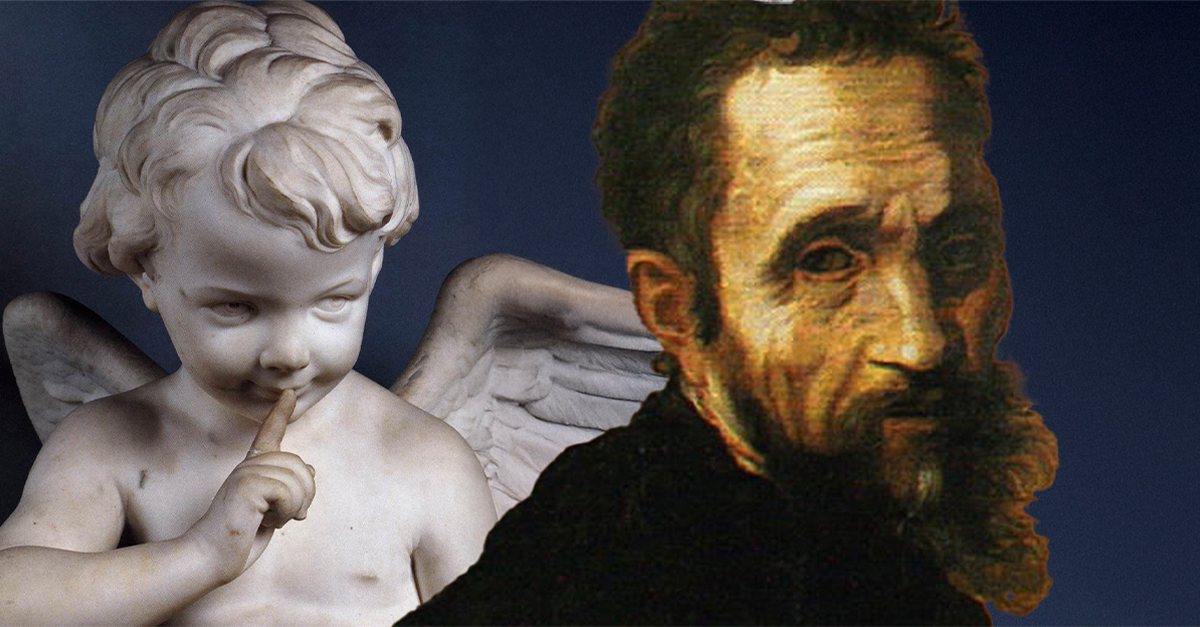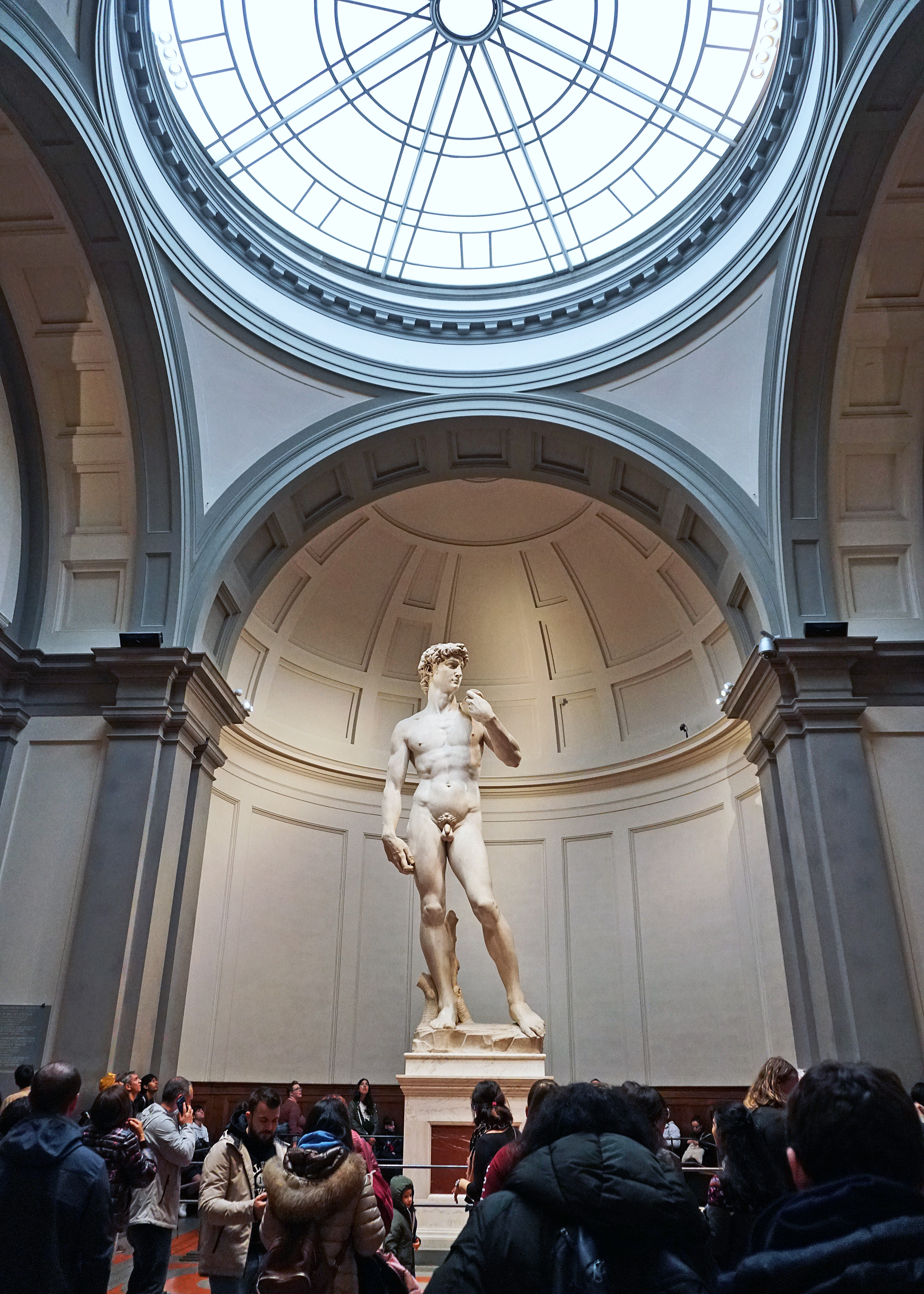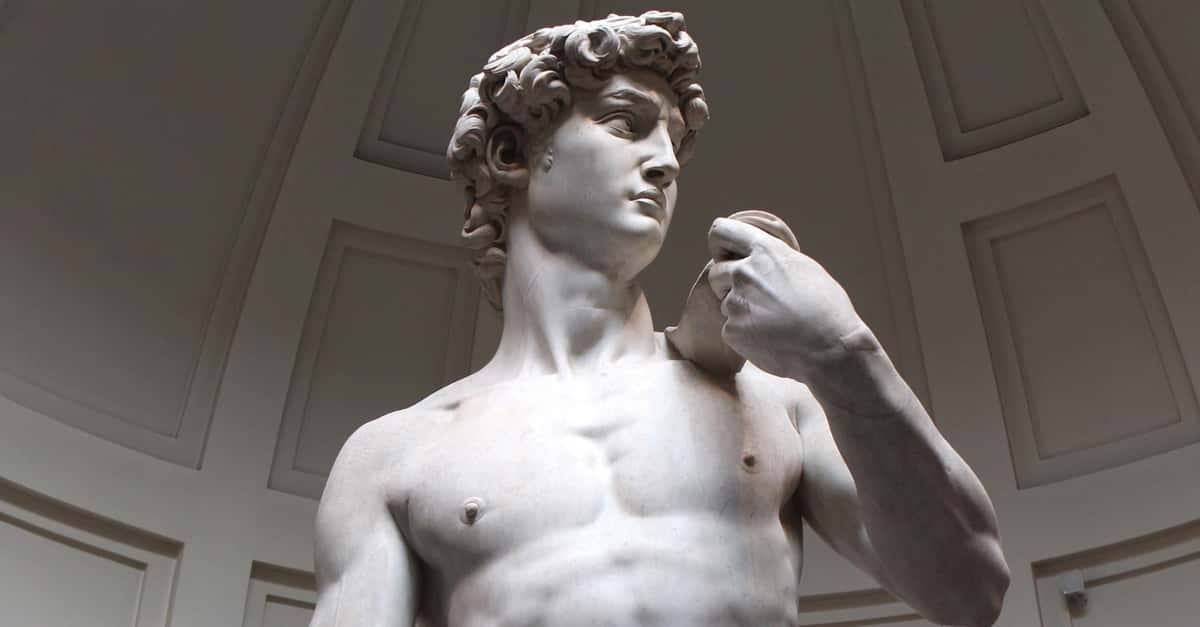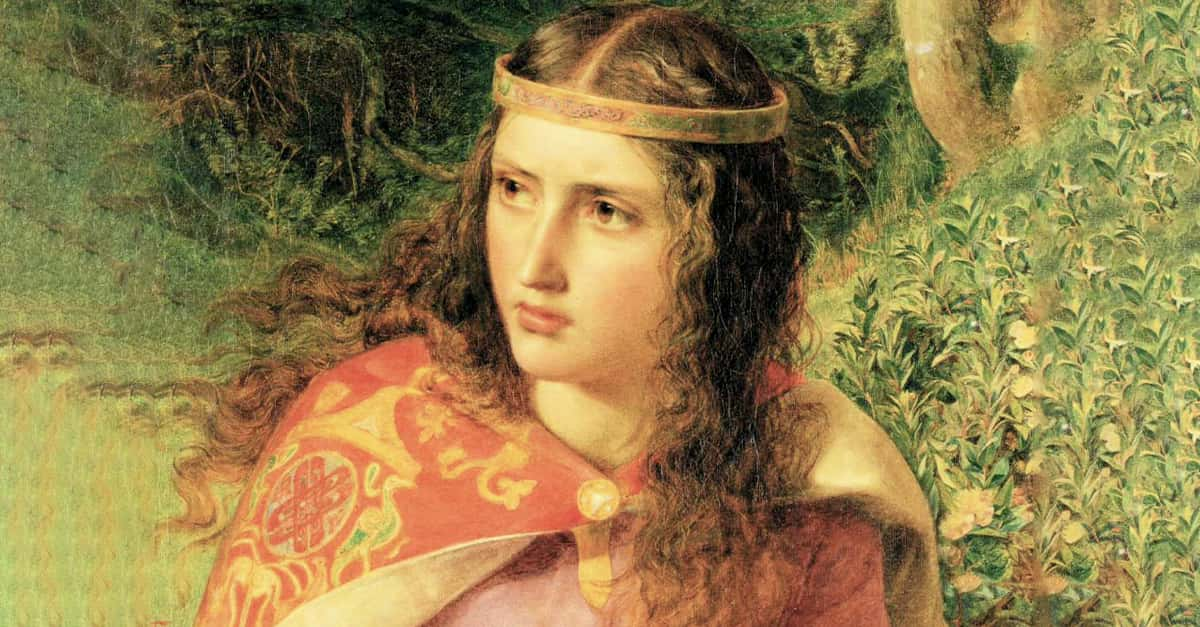Michelangelo was one of the greatest artists of the Renaissance, revered for masterpieces like the Sistine Chapel ceiling and the statue of David. But early in his career Michelangelo was involved in an art fraud that fooled a wealthy clergyman, revealing the gray area between art, forgery, and ambition in Renaissance Italy.
A Young Artist On The Rise
In the early 1490s Michelangelo was still a struggling young artist in Florence. Though his talent was undeniable, he hadn’t yet achieved the fame that would define his legacy. He was eager to make a name for himself and a living. Like a lot of artists back then, he worked in a very competitive and often morally flexible environment.
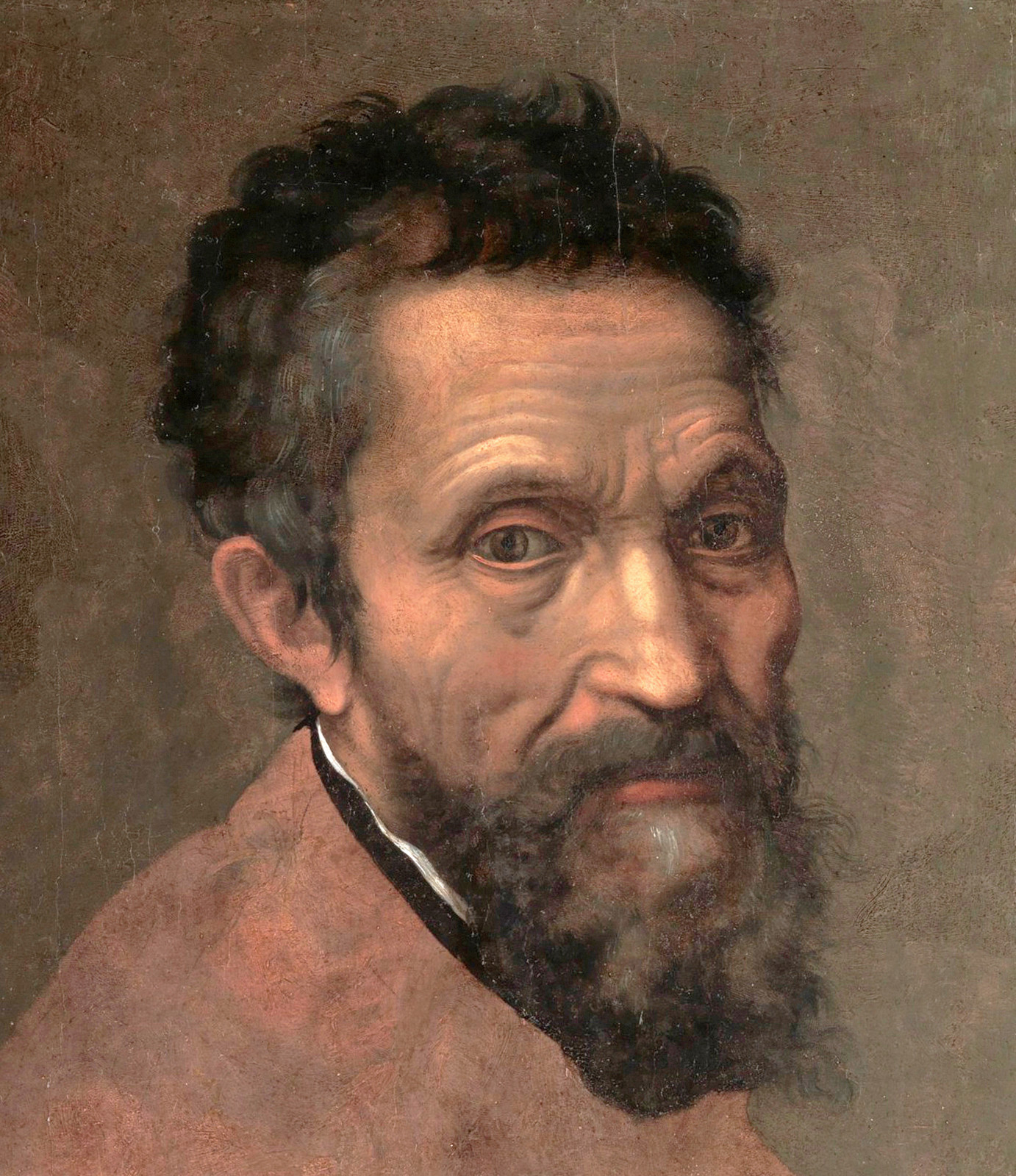 Attributed to Daniele da Volterra, Wikimedia Commons
Attributed to Daniele da Volterra, Wikimedia Commons
The Sleeping Cupid Scheme
The opportunity for deception came when Michelangelo sculpted a Cupid figure. This was a reclining statue of the Roman god of love. According to Vasari, the Renaissance biographer, Michelangelo’s patron, Lorenzo di Pierfrancesco de’ Medici, suggested that the sculpture could fetch a higher price if it appeared to be an ancient Roman relic. This led to a plan to doctor the sculpture and pass it off as a classical antiquity.
Aged To Deceive
To make the marble look ancient, Michelangelo reportedly buried the sculpture in acidic soil to erode its surface and mimic the wear of centuries. The technique worked. Once it was dug up, the Cupid had all the signs of an aged artifact—weathered, pitted, and convincingly antique. It was then sold to Cardinal Raffaele Riario of San Giorgio in Rome as a genuine Roman relic.
The Sale And Discovery
Cardinal Riario forked over a tidy sum for the sculpture, believing it to be an authentic antiquity. But doubts soon surfaced about the statue’s true origins. When it was traced back to Michelangelo, the cardinal realized he’d been duped. Rather than get mad or seek punishment, Riario was impressed with Michelangelo’s craftsmanship. He invited the young sculptor to Rome, a move that launched Michelangelo’s career.
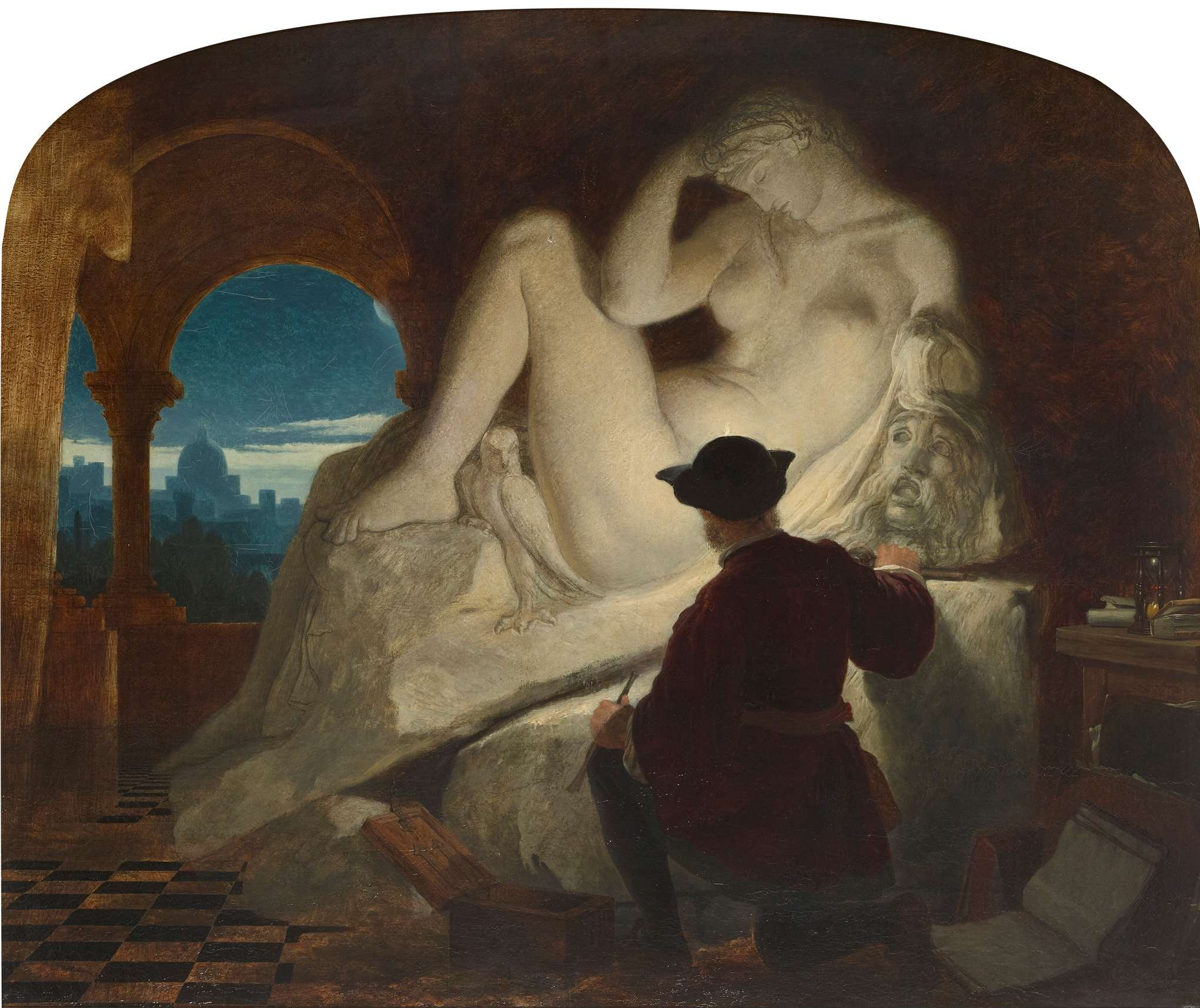 Joseph Noel Paton, Wikimedia Commons
Joseph Noel Paton, Wikimedia Commons
A Fraud That Paid Off
Ironically, the scam that could have ended Michelangelo’s prospects actually catapulted him into prominence. Riario's invitation to Rome allowed Michelangelo to secure prestigious commissions and network with the powerful Vatican elite. A few years later, he was working on some of the most important projects of the era, including the Pietà at St. Peter’s Basilica.
Moral Ambiguity In Renaissance Art
Michelangelo’s attempted fraud wasn’t unusual for its time. During the Renaissance, forgeries and misattributions were common, as classical antiquities were prized by collectors and the Church. Artists and dealers often cooked up schemes to increase the value of their work. In this context, Michelangelo’s deception was ethically questionable but economically sound.
Genius Or Deceiver?
While the incident illuminates the cunning side of Michelangelo, it also highlights the fine line between genius and deception. The Cupid incident wasn’t just a scam—it was a testament to Michelangelo’s ability to replicate and even surpass the revered art of antiquity. That he could fool experts with his work spoke volumes about his extraordinary talent.
Legacy Of The Sleeping Cupid
The original Sleeping Cupid is believed to be lost, possibly destroyed in the Sack of Rome in 1527. However, copies and descriptions survive, reminding us of the episode that helped shape Michelangelo’s rise. Some historians argue that this forgotten fraud adds to our understanding of Michelangelo as a young artist navigating a cutthroat world.
The Fraud That Changed Art History
In hindsight, Michelangelo’s youthful deception changed the course of art history. Without that audacious act, he might never have been summoned to Rome, carved the Pietà, or painted the Sistine Chapel. The fraud was a gamble, but it put him in the orbit of the patrons who would push him to the limits of greatness.
You May Also Like:
Tormented Facts About History's Great Artists

